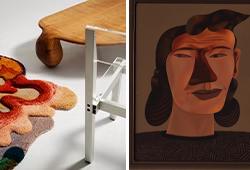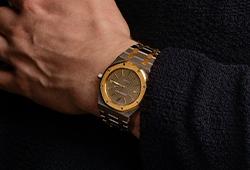A rare Fabergé pendant in rock crystal set with rose-cut diamonds, design Alma Pihl
An egg shaped pendant of rock crystal set in platinum decorated with rose-cut diamonds in the form of frost crystals, 20 X 40 mm. With scratched inventory number 98584.
Alkuperä - Provenienssi
Emanuel Nobel (1859-1932) thence by descent in his family.
Kirjallisuus
U. Tillander-Godenhielm, "Fabergé his masters and artisans", London, 2018, p 150 - 163.
Muut tiedot
Legend has it that Alma Pihl (1888-1976) found the inspiration for her legendary snowflake jewellery on a cold winter's day in St. Petersburg while working in Fabergé's studio, watching snow crystals form intricate patterns on the window panes, and suddenly she had found the motif she was looking for. Carl Fabergé had just been commissioned by Emanuel Nobel to create a large number of small pieces of jewellery that Nobel could use as gifts for guests at his business dinners. Alma Pihl's small wintry masterpieces in the form of brooches and pendants were so appealing and striking that even the Tsar asked for her help when he ordered the 1913 Easter eggs for his family. The result was one of Fabergé's most beautiful Easter eggs, the so-called Winter Egg, and the following year Alma Pihl was again commissioned by the Tsar to design the annual Easter present. This masterful work of art, the so-called mosaic egg, is also one of Fabergé's most famous artefacts. The colourful egg is an almost overwhelmingly charming blend of its folk motif and the luxurious precision of craftsmanship that produced the gemstone egg, just over 10 cm high. Alma Pihl got the idea for the motif, highly stylised flowers in different colours, when she witnessed her mother-in-law doing her usual evening of cross-stitch embroidery, as most women did at the time. After the Russian Revolution, Alma Pihl settled in Finland and worked as a kindergarten teacher, very rarely talking about her former life as a designer with Fabergé.


























































